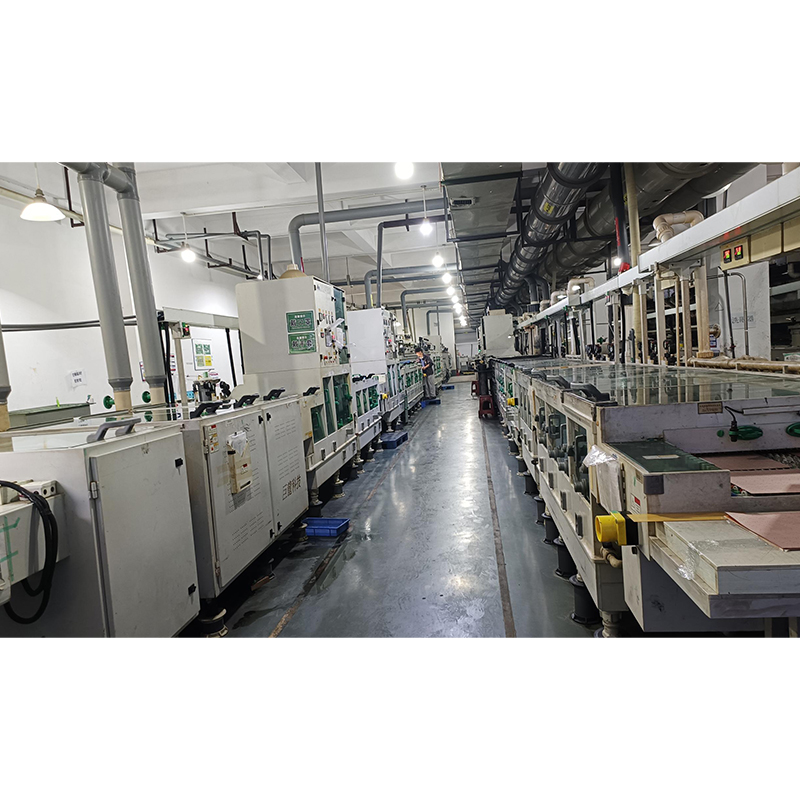In this blog post, we will explore the manufacturing process of rigid-flex circuit boards and understand how they are made.
Rigid-flex circuit boards, also known as flexible printed circuit boards (PCBs), are popular in the electronics industry due to their ability to combine the advantages of rigid and flexible PCBs. These boards provide unique solutions for applications requiring flexibility and durability.
To understand the manufacturing process of rigid-flex circuit boards, let’s first discuss what they are. Rigid-flex circuit boards consist of multi-layer flexible PCB and rigid PCB interconnections. This combination allows them to provide the necessary flexibility without sacrificing the structural integrity provided by rigid panels. These boards are suitable for use in a variety of industries, including aerospace, medical and automotive, for use in devices such as wearable electronics, medical implants and automotive sensors.
Now, let’s delve into the manufacturing process of rigid-flex circuit boards. The manufacturing process of these boards involves several steps, from the design stage to the final assembly. Here are the key steps involved:
1. Design: The design phase begins with creating a circuit board layout, considering the desired shape, size, and functionality. Designers use specialized software to design circuit boards and determine the placement of components and routing of traces.
2. Material selection: Choosing the right material is crucial for the manufacture of rigid-flex boards. It involves selecting flexible substrates (such as polyimide) and rigid materials (such as FR4) that can withstand the required mechanical stresses and temperature changes.
3. Manufacturing the flexible substrate: The flexible substrate is manufactured in a separate process before being integrated into the rigid-flex circuit board. This involves applying a conductive layer (usually copper) to a chosen material and then etching it to create a circuit pattern.
4. Fabrication of Rigid Boards: Again, rigid boards are manufactured using standard PCB manufacturing techniques. This involves processes such as drilling holes, applying layers of copper, and etching to form the required circuitry.
5. Lamination: After the flexible board and rigid board are prepared, they are laminated together using a special adhesive. The lamination process ensures a strong bond between the two types of boards and allows for flexibility in specific areas.
6. Circuit pattern imaging: Use photolithography process to image the circuit patterns of flexible boards and rigid boards onto the outer layer. This involves transferring the desired pattern onto a photosensitive film or resist layer.
7. Etching and plating: After the circuit pattern is imaged, the exposed copper is etched away, leaving the required circuit traces. Then, electroplating is performed to strengthen the copper traces and provide the necessary conductivity.
8. Drilling and routing: Drill holes into the circuit board for component mounting and interconnection. Additionally, routing is performed to create the necessary connections between the different layers of the circuit board.
9. Component assembly: After the circuit board is produced, surface mount technology or through-hole technology is used to install resistors, capacitors, integrated circuits and other components on the rigid-flex circuit board.
10. Testing and Inspection: Once the components are soldered to the board, they undergo a rigorous testing and inspection process to ensure they function and meet quality standards. This includes electrical testing, visual inspection and automated optical inspection.
11. Final assembly and packaging: The final step is to assemble the rigid-flex circuit board into the desired product or device. This may include additional components, housings and packaging.
In summary
The manufacturing process of rigid-flex circuit boards involves several complex steps from design to final assembly. The unique combination of flexible and rigid materials provides tremendous flexibility and durability, making these boards suitable for a variety of applications. As technology continues to advance, the demand for rigid-flex circuit boards is expected to grow, and understanding their manufacturing processes has become critical for manufacturers and design engineers.
Post time: Oct-07-2023
Back







